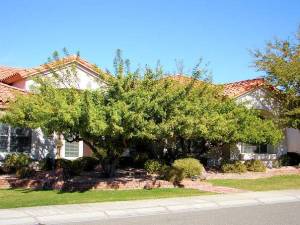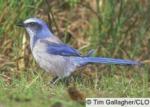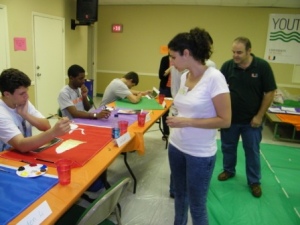 It seems as though any advancements in biodiversity conservation requires some charismatic mega fauna or an extremely charismatic flora. With this in mind, species can be noted for ‘cuteness’ and efforts can be made by those who would have otherwise looked the other way. This time I am focusing on an endangered amphibian in Florida. Not only are they nice to look at by amphibians by nature of their life cycle can tell much about water quality as well encroachments on terrestrial habitat. One such endangered amphibian is the Flatwoods Salamander (Ambystoma cingulatum) {see photo above}
It seems as though any advancements in biodiversity conservation requires some charismatic mega fauna or an extremely charismatic flora. With this in mind, species can be noted for ‘cuteness’ and efforts can be made by those who would have otherwise looked the other way. This time I am focusing on an endangered amphibian in Florida. Not only are they nice to look at by amphibians by nature of their life cycle can tell much about water quality as well encroachments on terrestrial habitat. One such endangered amphibian is the Flatwoods Salamander (Ambystoma cingulatum) {see photo above}
The Flatwoods salamander is medium sized salamander with adults only reaching approximately 5 inches. They can appear black or silver grey in color with some mottling. These salamders enjoy the rich wet grounds of the longleaf pine systems that used to extend to over 100 million acres in the Southeastern Untied States; sadly these communities are already down to below 3 million acres, the vast majority of which is in Florida. {Photo of Longleaf Pine above}
These salamanders breed in ephemeral ponds that are shallow and small. Then as adults they live in self constructed burrows near wetlands where their food can be found. They feed on crayfish, very small mammals, and invertebrates. {picture of typical habitat above}
So by just being aware of the plight of this amphibian and taking steps to ensure its survival, it can affect all the aquatic and terrestrial species that inhabit the same systems and communities. By saving one species, so many more can benefit and some the loss of biodiversity can be averted.
The Flatwoods Salamander was listed as Federally Threatened by the United States Fish and Wildlife Service in 1999.











































